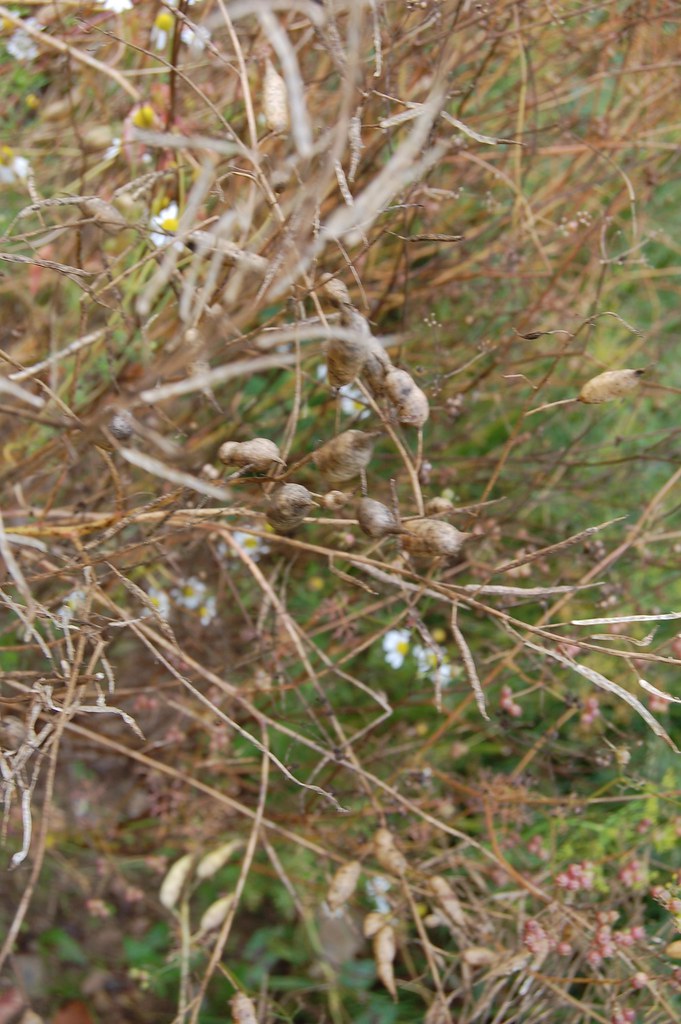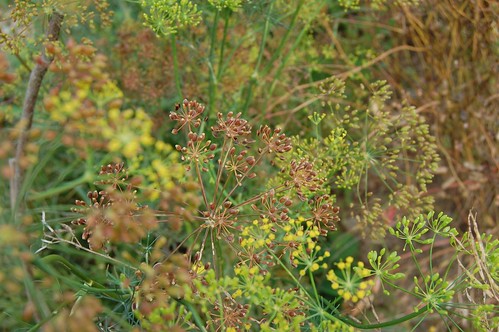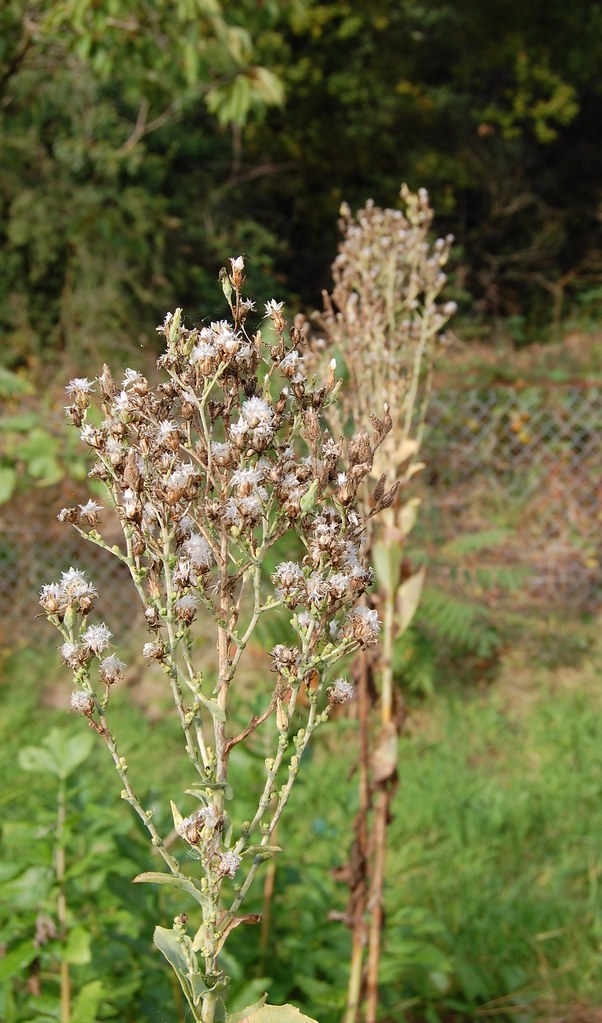
Lots of people will be saving their own seed this year for the traditional purpose of maintaining propagating material of favourite varieties for the next season. It's cheaper and makes sense in the home garden, as long as you take time to understand how to keep your chosen varieties true to type by working with the individual needs of the plants. It's something I get a bit worked up about when talking about heritage varieties and seed sharing, I want to know that the varieties I'm preserving are in fact true to the characteristics that made them candidates for saving in the first place. Anyway, if due care is taken and the seed is kept pure we might call this seed saving of the first kind.

So what then are the other sorts of seed saving? Some seeds are saved as a food crop in their own right. This covers all sorts of plants from popping corn to drying beans to quinoa all the way on to herb seeds like dill and coriander. These seeds are never going to be used for growing on into new plants, they have already met their nemesis in the form of the meal they will be used in. Unless you specifically grow for these seeds it's easy to overlook the bonus harvest of a handful of celery or coriander seed from a plant that got away. That's the second form of seed saving where the seed is gathered and dried for consumption.

The third type of seed saving is where by chance or the change of the seasons plants have gone to seed without any particular care being taken over their selection or provenance, when a row of radishes turns straight into flowers because of drought or when the rocket reaches the end of its useful life for salad. These seeds aren't really of much use within a formal varietal seed saving system, who knows what their naughty parent plants have been up to, but they can still be gathered and used for sowing where their lack of breeding can do no harm.
I spent some time today gathering radish, rocket, mustard leaf, purslane and lettuce seeds which I shall use over the winter in the greenhouse, sown into small pots as mesclun, my own mix for harvesting as baby leaves and entirely free. If you have a real abundance then gather the lot and use it as green manure, turning it in as soon as is a few inches high. It cost you nothing and will put some added nutrients back into the soil ready for your next crop.
1 comment:
I saved seeds from calendula plants I grew my garden a year ago. This year my calendula were all from that seed, and boy did they produce! I've got lots for all of my herbal 'potions' now.
Post a Comment